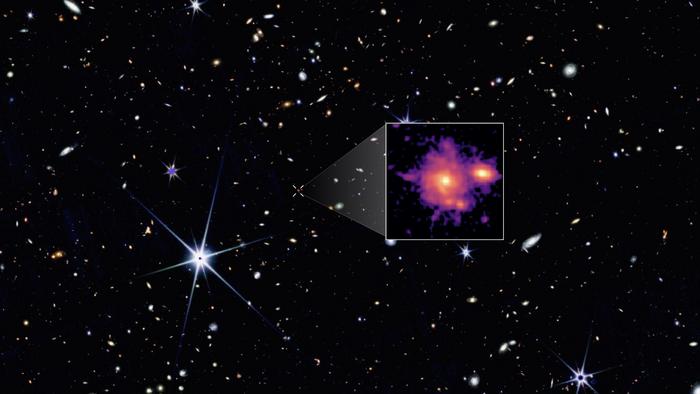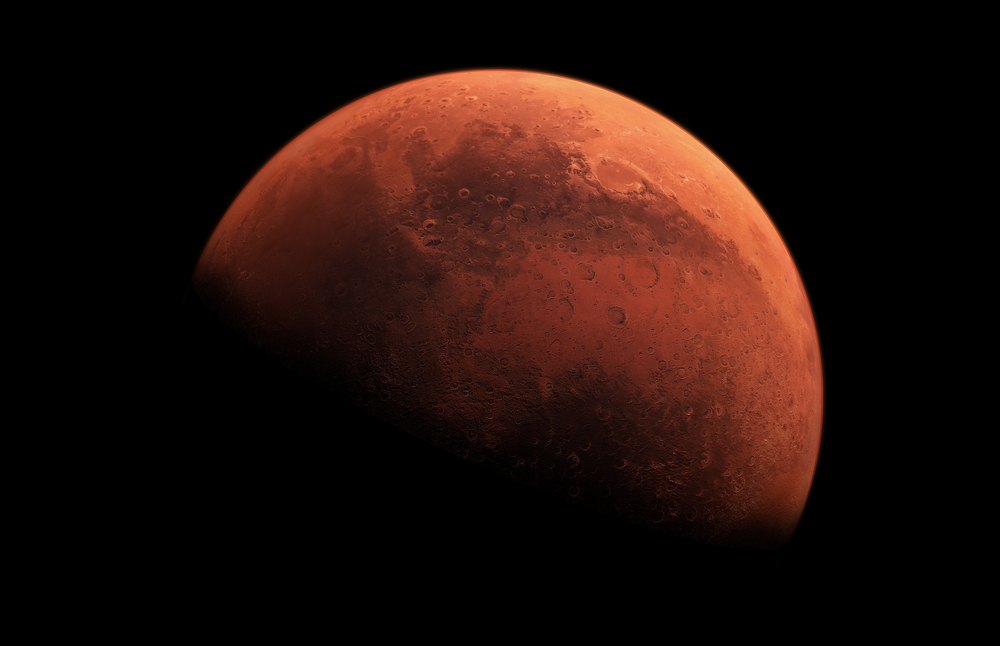Now Reading: JWST Uncovers Potential Twin Galaxy to the Milky Way
-
01
JWST Uncovers Potential Twin Galaxy to the Milky Way
JWST Uncovers Potential Twin Galaxy to the Milky Way

Speedy Summary:
- An international team led by the University of geneva has discovered the most distant spiral galaxy too date, named Zhúlóng, approximately a billion years after the Big bang.
- the galaxy resembles the Milky Way in shape, size (spanning 60,000 light-years), and stellar mass (over 100 billion solar masses), raising new questions about spiral galaxy formation.
- Long-standing theories posited that large spiral galaxies form chaotically over billions of years; however, findings from the James Webb Space Telescope (JWST) suggest they may form much earlier in cosmic history.
- zhúlóng’s discovery was facilitated by JWST’s “pure parallel mode,” which enabled large cosmic scans while observing another target. This highlights innovative methods for identifying rare, distant objects.
- Christina Williams of NOIRLab noted this discovery tests current models on how massive galaxies develop early on and validates pure parallel programs’ effectiveness.
Indian Opinion Analysis:
The discovery of Zhúlóng challenges existing paradigms about how and when massive spiral galaxies like our Milky Way take shape. For India, with burgeoning investments in space research through ISRO initiatives such as Aditya-L1 and Chandrayaan missions, this milestone signals increasing opportunities for collaboration with agencies using cutting-edge telescopic technologies like JWST or ALMA. Indian astrophysical research stands to gain insights into leveraging advanced observational methods for exploring similar phenomena or contributing expertise to global projects analyzing such landmark discoveries. The deeper understanding of early galaxy formations could indirectly inspire advancements in India’s domestic space programs both scientifically and strategically.Read More

























